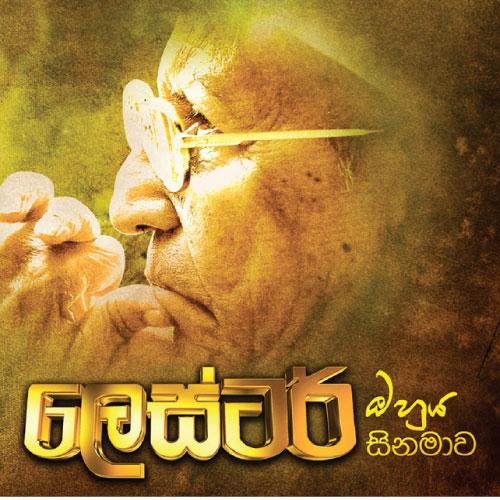
Sri Lankan talkie film industry is now seven decades old. It is in toddler phase when compared to any cinema in the world. It was the time when the global cinema industry is reached its golden era and became the prime source of entertainment of people. World leaders such as Mahatma Gandhi, Adolf Hitler, V. I Lenin and Mao Zedong had realized the importance of utilizing cinema to reawaken the aspirations of the common man. Nevertheless, our cinema was not born on such a strong footing. It was built absorbing all the substandard features of the South Indian cinema prevailed at that time. The only difference between the two was the language. The condition continued for another 10 years. There were few cinematographers who made some efforts to change the storyline there was a lack of creativity.
When ‘Rekhawa’ was released on December 28th, 1956, based on a complete different storyline it surpassed all the contemporary films. A spectator who had watched contemporary films can clearly identify how ‘Rekhawa’ was dispensed with the melodramatic features of prevalent Sinhala movies influenced by South Indian cinema. The way the filmmaker captured the people, their lifestyles, their social fabric and physical features of the environment tells us how wonderful the cinema is.
It is all the more significant that the person who saw the difference created by Rekhawa was a world renowned cinema critic holidaying in Sri Lanka at that time.
She was exhilarated after watching the movie and sent an invitation to the unknown cinematographer to screen his movie at the prestigious Festival De Cannes. This was an eye opener for Sri Lankan cinema critics. It was the period when the biggest cinema company in the country at that time, The Cinemas Limited was in discussion with an Indian cinematographer to produce a new film to commemorate its 10th Anniversary.
The Indian cinematographers made every The Cinemas’ films. But the owner of The Cinemas K. Gunaratnam chose Lester James Peries to direct his 10th Anniversary commemorative film. He was persuaded to do so by a great Indian film maker Raj Kapoor. He saw Rekhawa when it competed with his movie “JagtheRaho” at the Czechoslovakian Film Festival. Later Kapoor invited Lester to do a film at his RK Studio. It was only Satyajith Ray who was offered such an opportunity in addition to Lester. As a result of the meeting, Gunaratnam produced “Sandeshaya”.
Gamperaliya is a hallmark of Sinhala cinema. It won the award for the Best Film at Indian International Film Festival. That marked the highest award won by a Sinhala film at an international award ceremony.
Lester’s movies which depicted the deep insight into the people’s lives are the symbol of Sri Lankan cinema. “Nidhanaya”, which is recognized as the best Sinhala film ever is the pinnacle of the 70-year old journey of Sri Lankan cinema.
Dr. Lester’s cinema was neither born over night or instant. He had realized the potential power of the motion picture by thorough reading. His story-lines were based on real life experiences. They were rooted on this soil. He was made world famous by those real life stories. That is the reason he is the cinema.
A special screening of ‘Dr. Lester, he is the cinema’ will be telecast on SLT’s Peo TV - Channel 365 providing an opportunity to enjoy a great artistic works by him.
